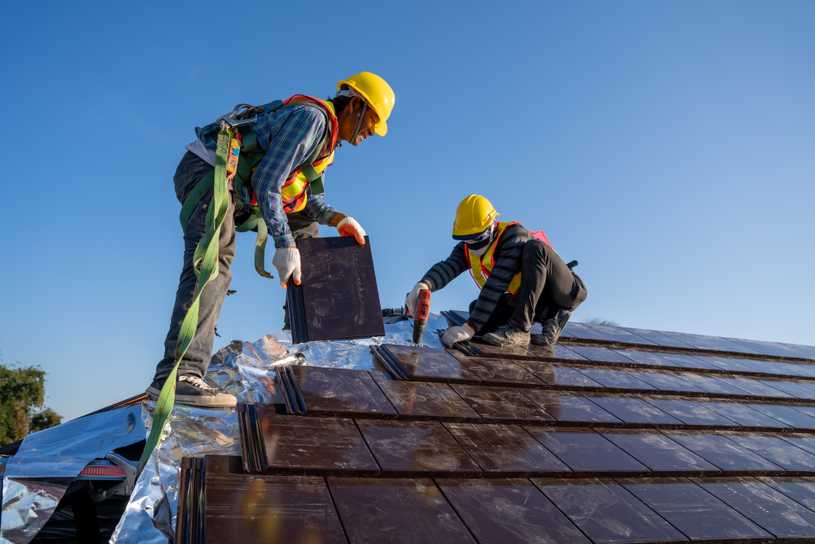As homeowners, it’s crucial to recognize the significant role that weather plays in the maintenance and longevity of our roofs. From scorching sun rays to pounding rainstorms and everything in between, weather elements can take a toll on the structural integrity of our roofing systems. Understanding how weather affects your roof and taking proactive steps to mitigate potential damage can save you time, money, and headaches in the long run.
The Effects of Weather on Your Roof:
- Sun Exposure: Prolonged exposure to the sun’s UV rays can cause roofing materials to deteriorate over time. Asphalt shingles may become brittle and lose their protective granules, leading to cracking, warping, and premature aging.
- Rain and Moisture: Rainwater can seep into cracks and gaps in your roof, causing water damage, rot, and mold growth. Poor drainage and clogged gutters can exacerbate the problem, leading to water pooling and potential leaks.
- Windstorms: Strong winds can lift shingles, tear off roof flashing, and damage roofing structures. Loose or missing shingles can leave your roof vulnerable to water infiltration and structural damage.
- Hailstorms: Hail can cause significant damage to roofing materials, including dented or cracked shingles, punctured membranes, and granule loss. Hail damage may not always be immediately apparent, so it’s essential to inspect your roof after severe weather events.
- Snow and Ice: Heavy snow accumulation can exert excessive weight on your roof, leading to structural strain and potential collapse. Ice dams can form along the roof edges, causing water backup and infiltration into your home’s interior.
Mitigating Weather Damage:
- Regular Inspections: Schedule annual roof inspections to assess the condition of your roof and identify any signs of damage or wear. Addressing issues promptly can prevent small problems from escalating into more significant issues.
- Maintenance and Repairs: Keep your roof in good condition by promptly repairing damaged or missing shingles, sealing gaps and cracks, and clearing debris from gutters and downspouts. Regular maintenance can extend the lifespan of your roof and prevent costly repairs.
- Proper Ventilation and Insulation: Ensure your attic has proper ventilation and insulation to prevent moisture buildup and ice dam formation. Proper airflow can help regulate temperature and humidity levels, reducing the risk of roof damage.
- Trim Trees and Branches: Trim overhanging tree branches that could potentially fall onto your roof during a storm. Falling branches can cause significant damage to roofing materials and structures.
- Upgrade to Impact-Resistant Materials: Consider upgrading to impact-resistant roofing materials designed to withstand severe weather conditions, such as hail-resistant shingles or metal roofing systems.
By understanding the impact of weather on your roof and implementing proactive maintenance measures, you can protect your home from weather-related damage and ensure the long-term integrity of your roofing system. Remember, a well-maintained roof is your home’s first line of defense against the elements.

